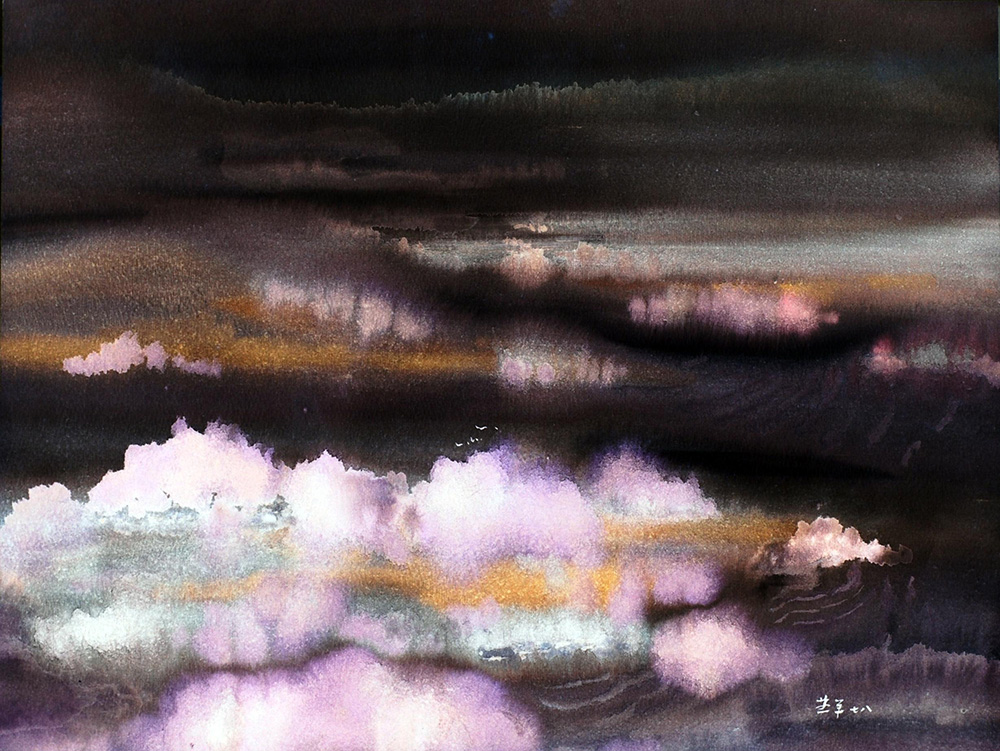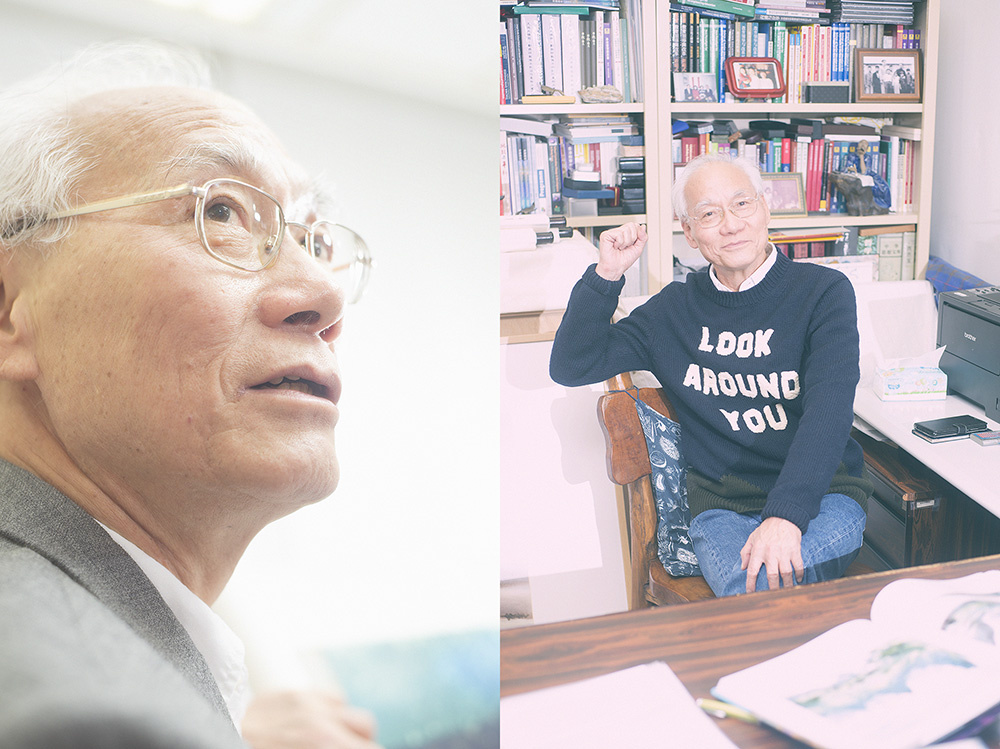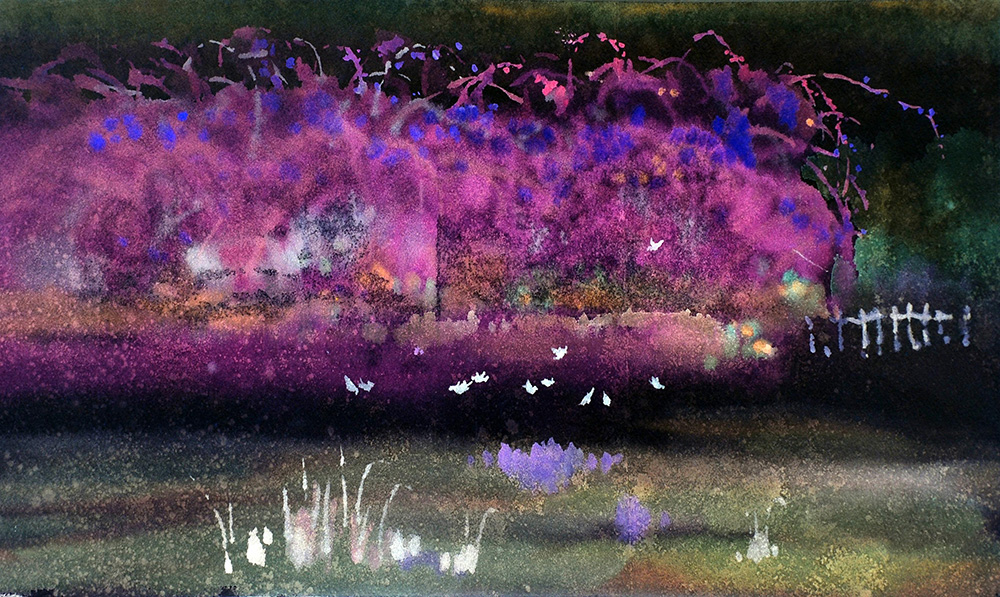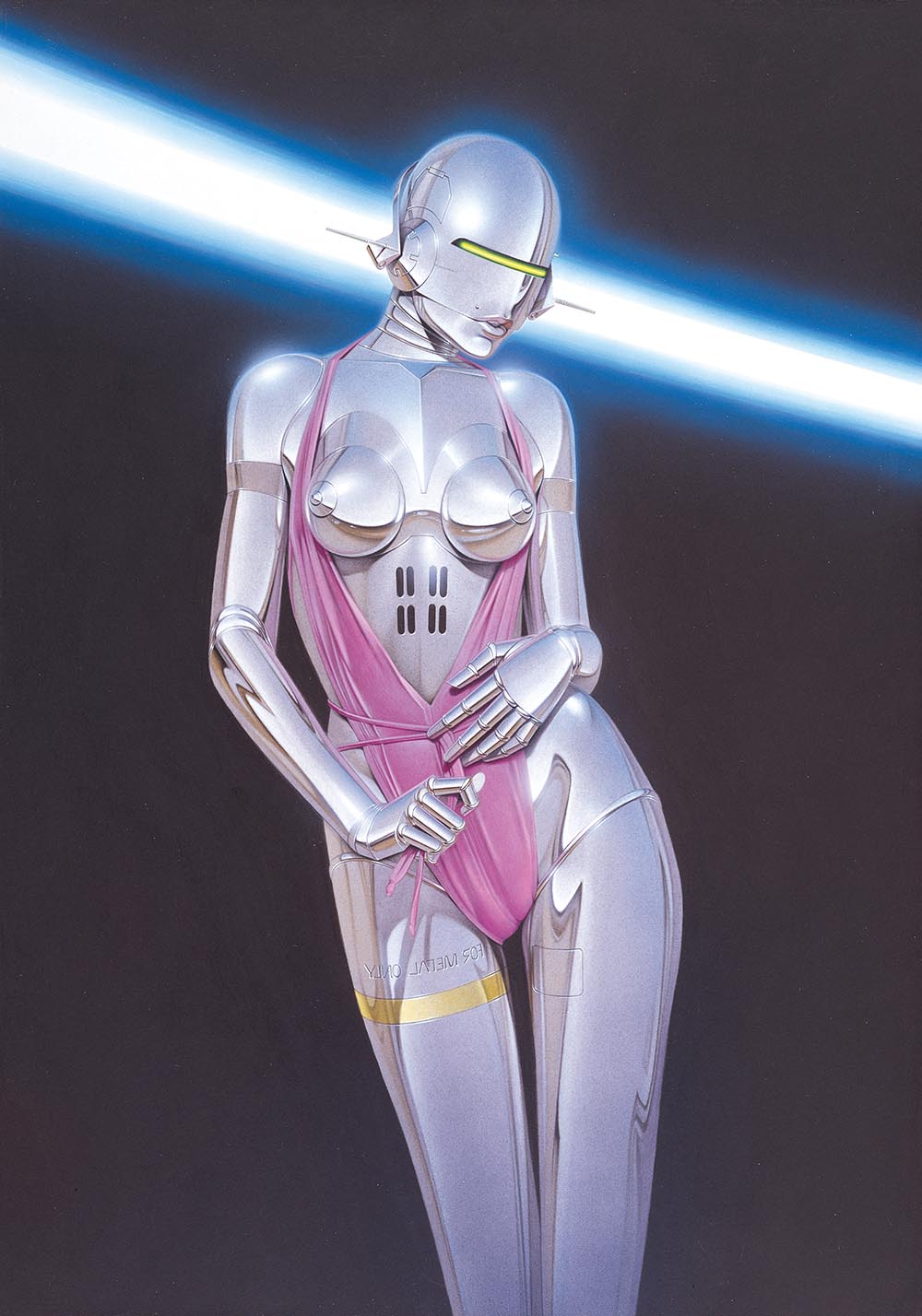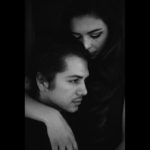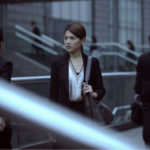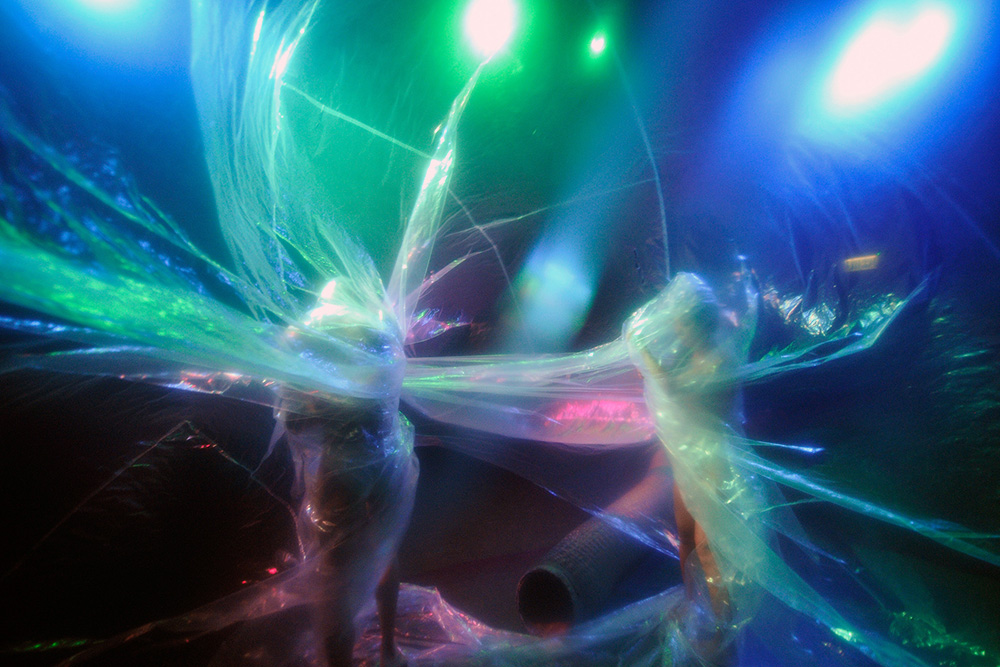
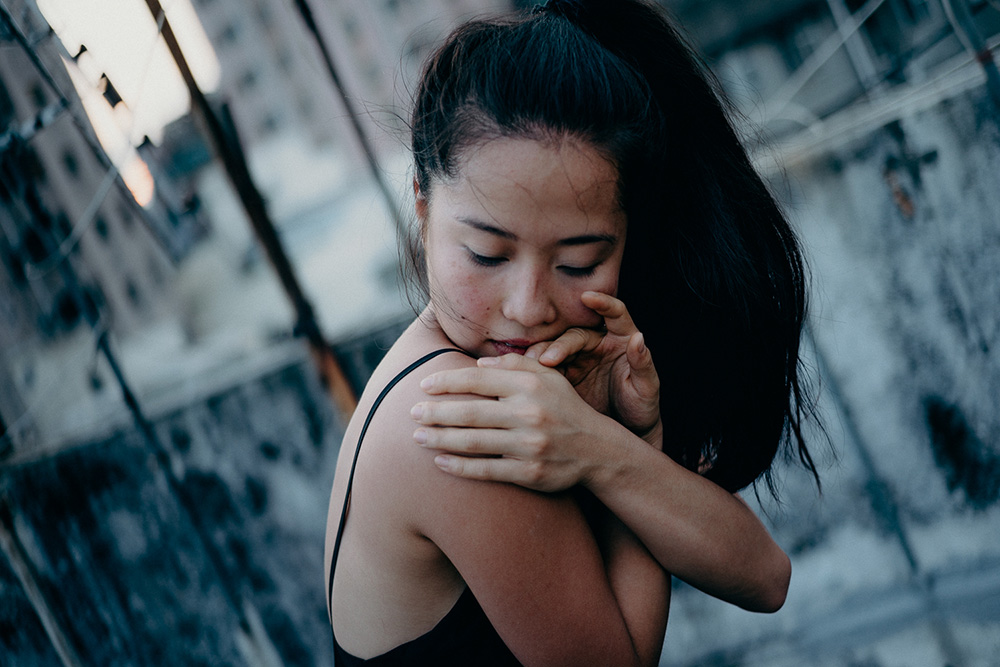
Photos of Hermetic Diode V2 performance by : Jesse Clockwork @jesseclockwork // Portrait of Sudhee Liao by : photographybyrenata.com
From some stunning visuals that blew up my Facebook news feed, I realized that SPITGAN friend, choreographer Sudhee Liao, had just released another piece of her work to the public. The visuals, as you see in this story by photographer Jesse Clockwork, peeked my curiosity as to what Version 2 of Hermetic Diode was about. What this Hong Kong festival, Sound Forms 2019 was about. SPITGAN digs the music here and were mighty hungry for some answers! Not only were we able to speak to Sudhee to give us some insights but the curator of Sound Forms 2019, Remy Siu, was kind enough to give us a rundown. How is ‘perform*ing*’ arts doing in Hong Kong? Well why not speak to those living and breathing it.
SPITGAN : Tell us about Hermetic Diode V2? The title sounds heady.
SUDHEE LIAO : Hermetic Diode is a collaborative effort between Sudhee Liao and Andrew Luk, exploring notions regarding the performed space. In doing so, the piece plays with elements of proximity and intimacy between performers and audience.
SG : Was there a version 1?
SL : Yes. The version 1 was shown in Hong Kong Arts Festival 2018 as part of Hong Kong Jockey Club Contemporary Dance Series.
SG : What is the difference between the 2? Will there be more? A series?
SL : Hermetic Diode V2 was performed in Sound Forms 2019 – A Festival of Multichannel. I worked closely with my sound designer, Fung Chin Lung to create a multi channel sound installation within the space. The amplified sound added an underlying layer to the piece and I really liked how multichannel work can expand a whole new dimension and possibilities of the work within the space.

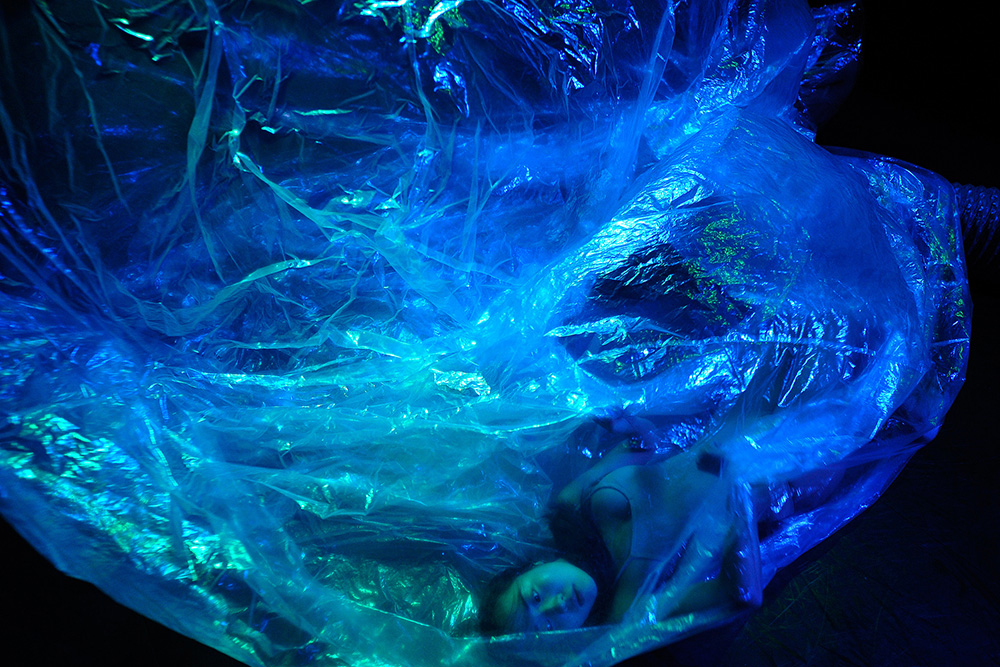
THE INTERVIEW CONTINUES BELOW AS WITH MORE STUNNING IMAGES FROM THE PERFORMANCE OF HERMETIC DIODE 2 :
